There’s no earthly way of knowing
Which direction we are going.
There’s no knowing where we’re rowing
Or which way the river’s flowing.
Is it raining?
Is it snowing?
Is a hurricane a blowing?
Thus begins a mind-job like none other, a journey down a darkened tunnel, images racing by with disturbing visages that stick in your brain like that song in the elevator this morning.
People screaming, children crying
All the while a boat they’re riding
Going faster, moving deeper
Fearing they will meet their maker!
Phew, sorry about that. I slid into the rhyming mode with that quote from Willy Wonka and the Chocolate Factory bouncing around my head. That scene, a psychedelic trip into the mind of Wonka himself, is probably the most memorable of that movie. Try watching it again without being at least a little disturbed.
You are probably wondering where in the world that came from and why I brought it up. Well that first sentence in the quote is a perfect description of the wonder that people experience when they first see what I want to talk about today: little machines that move like magic, rotating and spinning in different directions that make your mind freeze so that you don’t miss a second.
I don’t want to talk about one specific watch here. Instead I want to discuss a whole class of mechanisms that made me cross the line from watch fan to so-called “watch idiot savant” (affectionately abbreviated as WIS): the multi-axis tourbillon. (See Introducing Resident “Nerdwriter” Joshua Munchow.)
Riding the magic carpet
My first trip down this lane of wonders occurred when I discovered the Franck Muller Revolution 3 Tri-Axial Tourbillon. It was the most amazing mechanism I had ever seen in my life and it caused me to transform from a simple boy who enjoyed watches to a man who made it his life’s mission to understand every aspect of horology possible.
Basically, I fell down the rabbit hole…and I am still falling to this day.
That grand event in my life occurred when I was a model-making student in college. Because of that discovery I took an entire semester to build a desktop model of a tri-axial tourbillon for myself. The long road of a WIS had begun, and what a way to begin.
This obsession, as I later learned, had steered me onto a path of mechanical excitement, and one which has precious few options to savor.
There is the dual-axis tourbillon, the triple-axis tourbillon, and a category that, while actually lacking a tourbillon, is as impressive as the former categories and equally technical. This category is the 0G gyroscopic escapement, with the main example being found in the Zenith Zero-G and Christophe Colomb models.
Supposed accuracy
Supposed accuracy aside, I find that I care much less about their effects on timekeeping precision (forgive me) and much more about the sheer engineering and machining that goes into making a multiple-axis tourbillon.
Some of the best examples include the unbeatable Greubel Forsey Double Tourbillon 30°, the Vianney Halter Deep Space Tourbillon, the Jaeger-LeCoultre Gyrotourbillons, Thomas Prescher’s Double and Triple-Axis Tourbillons and the Primus Triple-Axis Tourbillon of the lesser-known independent watchmaker Bexei.
These are not the only examples, and it would be hard to call any one out as they all push the boundaries of engineering and design.
What luck, then, that Baselworld 2014 saw the release of not one, not two, but THREE new triple-axis tourbillons to add to the short list of dream mechanisms.
What’s more, two of the mechanisms came from a single behind-the-scenes source for this complicated expertise, Manufacture Haute Complication SA (MHC): the new Harry Winston Histoire de Tourbillon 5 (which I have yet to see except for renders and sketches) and the elegant Girard-Perregaux Tri-Axial Tourbillon. I actually got some wrist time with the latter and I was very pleased…if not to say completely enamored!
The Jacob & Co. Astronomia Tourbillon, which may just be the largest example of a wristwatch tri-axial tourbillon in existence, was separately created in conjunction with a small Swiss complications specialist.
Objectivity is difficult
I would like to stay objective, but when I have a triple-axis tourbillon strapped to my wrist I find it hard to not fall in love immediately. The Girard-Perregaux Tri-Axial Tourbillon was such an experience as a most wearable machine, and even given its dimensions and my average-sized wrist, I could see it as a daily wearer for me. Some might disagree, but then it’s my party and I will wear what I want to.
There is also discussion that since the mechanism was outsourced that it detracts from the piece, which is understandable, especially to the collector, but I will always be happier that something was created in the first place, regardless of who exactly produced it.
I enjoy the mechanisms, and with no deep loyalty to brands or marketing, I can happily enjoy the fruits of the labor that went into things that make me smile, no matter whose it was.
Another rare experience this year at Baselworld was the opportunity to handle and wear the Vianney Halter Deep Space Tourbillon, which I could have run away with and lived happily ever after.
If Vianney Halter wasn’t one of the most fun watchmakers I had ever met, then his Deep Space Tourbillon, which is a triple-axis example, mind you, would have made him my new best friend regardless. It simply is a spectacular piece of engineering and micromechanics. It is the culmination of why I fell in love with this style of mechanisms in the first place. They inspire wonder.
What wonder am I talking about? The simple fact that multi-axis tourbillons are an extreme exercise in weight reduction and balance. A typical tourbillon is already a fight against weight. To be able to provide enough power to keep that cage spinning, it must be ludicrously light: around the same weight as a couple of postage stamps light.
Now add two more cages to the spinning mass, and the ticking heart should by all rights sink. The cages are bigger and have multiple parts added, which adds even more weight. They must be made oh-so-thin and yet remain sturdy enough to hold shape and tolerance as they spin.
I can attest to that battle being a hard one. Having built a large model, I noticed how sensitive it was to off-balance mass and loose tolerances. To shrink the mechanism down to a size smaller than a dime only increases the need for extreme precision and accurate machining.
New-to-watchmaking materials like titanium and silicon make it easier now than 20 years ago, but it is still extremely difficult. This makes it clear why only a few watchmakers have stepped up and completed multi-axis tourbillons, and why companies will work with specialists to accomplish the task.
Gyroscopic escapement
I previously mentioned another category that I haven’t touched on yet, the gyroscopic escapements. These mechanisms actually make my brain hurt a little. I understand how they work, I think, but without taking one apart piece by piece and seeing exactly how the power is directed through the litany of gears, I may never know for sure exactly how they function.
The reason for this is that they are free to rotate in any direction at all times, using a bi-directional differential, which compensates for the movement in all directions. The power has to be smoothly transmitted through this gimbaled system of conical gears while allowing its weighted cage to rotate and stabilize itself against gravity. In a basic sense, it works similarly to the bi-directional winding mechanism on some watches, only more precisely and in a dense little ball of mechanical awesomazingatude.
This mechanism came about from the idea that gravity’s negative effects could be countered with a mechanism that was NOT based on a tourbillon. The system holds itself in one, almost static position instead of working through a set pattern of orientations like the multi-axis tourbillon. The result is a mechanism that keeps the escapement steady and flat, allowing for no deviation in rate based on the six regulated positions.
All I can say is whoa. Whoa to the gyroscopic escapement of the Zero-G, whoa to the triple-axis tourbillons that now number almost a handful, and whoa to the double-axis tourbillons, one of which is the most accurate watch ever to compete in the Concours International de Chronométrie. You may remember the Greubel Forsey Double Tourbillon Technique took top honors in 2012 with a record-setting score of 915 points out of 1000. (See The Greubel Forsey Double Tourbillon 30° Technique: What’s Friction Got To Do, Got To Do With It!)
That brings us back to the supposed accuracy I alluded to earlier. The tourbillon in its basic form was designed to work in a pocket watch that hangs in a vertical position for most of its life. This means that it is relatively useless in a wristwatch, which finds itself in almost infinite positions throughout the day.
To account for this, multi-axis tourbillions move the entire mechanism in a similar amount of positions, balancing out the errors introduced by wrist movement. Most of these movements have not been tested for ultimate accuracy, so the error-reducing effects of the multi-axis tourbillon must be stated with caution.
That being said, there are a few, like the Greubel Forsey Double Tourbillon, that test and prove their excellence and can truthfully claim to be more accurate than the traditional tourbillon or the standard escapement mechanism.
Even taking that into account, I say whoa because I am still awed and wowed by these machines, and by the people who make them. I fawn over creative miniature mechanisms all the time, and these mechanisms, in most cases, take the cake.
Ideas as important as complications
Multiple-axis tourbillons don’t create beautiful melodies like minute repeaters; they don’t capture and freeze fractions of a second like chronographs; and they don’t keep tabs on the passing days without error for the next few hundred years like perpetual calendars.
No, multi-axis tourbillons are arguably a more romantic complication, and depending on who you ask they aren’t even a complication at all.
In the end, they are a technical addition to the basic function of a watch, which is to keep time. In the best versions they increase accuracy and demonstrate the exceptional skill of the watchmakers and engineers involved.
They make me feel more connected to the timepiece in question than any other additional element to the base movement I have found yet, probably because they are the basis for my addiction.
I can try to explain my love for multi-axis tourbillons through mechanics, engineering, claims of accuracy, or simply the added visual interest they provide. But as I said before, they are more of a romantic complication, the idea being almost as important as the mechanism itself.
The newest among these, especially the Girard-Perregeaux Tri-Axial Tourbillon, give me assurance that there are other WIS working at the various brands that will guarantee my passions remain active.
It’s already been a long road since that day when I first was introduced to the world of multi-axis tourbillons, and I’m sure it will be an even longer road until I can actually call one my own. But until that day, I am happy that there are brands still investing in such mechanisms and the wonder they exude.
Watch nerds like me are on the edge of our seats to see who will come out with one next.
Quick facts Girard-Perregaux Tri-Axial Tourbillon:
Case: 48 mm, rose gold with specially domed sapphire crystal
Movement: manually wound Caliber GP09300-0001 with triple-axis tourbillon
Functions: hours, minutes; power reserve indication
Limitation: 10 pieces
Price: approx. $500,000
Note: Parts of this post originally appeared on Watchuseek.com in a different format. Thank you to Ernie Romers for the permission to edit and repost it.
http://forums.watchuseek.com/f381/triple-axis-tourbillon-what-turned-me-into-wis-937253.html
Trackbacks & Pingbacks
-
[…] watchmaking on subjects like fine finishing, dial making, jump hour complications, 3D printing, tri-axial tourbillons, enamel and the origin […]
-
[…] 3 with tri-axial tourbillon was the first super complicated watch that I went gaga over (see The Mechanism That Sparked A Passion: Thank Heavens For The Girard-Perregaux Tri-Axial Tourbillon). I loved it so much that I researched everything I could about it, including tourbillons and […]
-
[…] remember as the reason I became a WIS in the first place (For more information on that, please see The Mechanism That Sparked A Passion: Thank Heavens For The Girard-Perregaux Tri-Axial Tourbillon.) So, naturally, I can’t help but drool over a new […]
Leave a Reply
Want to join the discussion?Feel free to contribute!





















































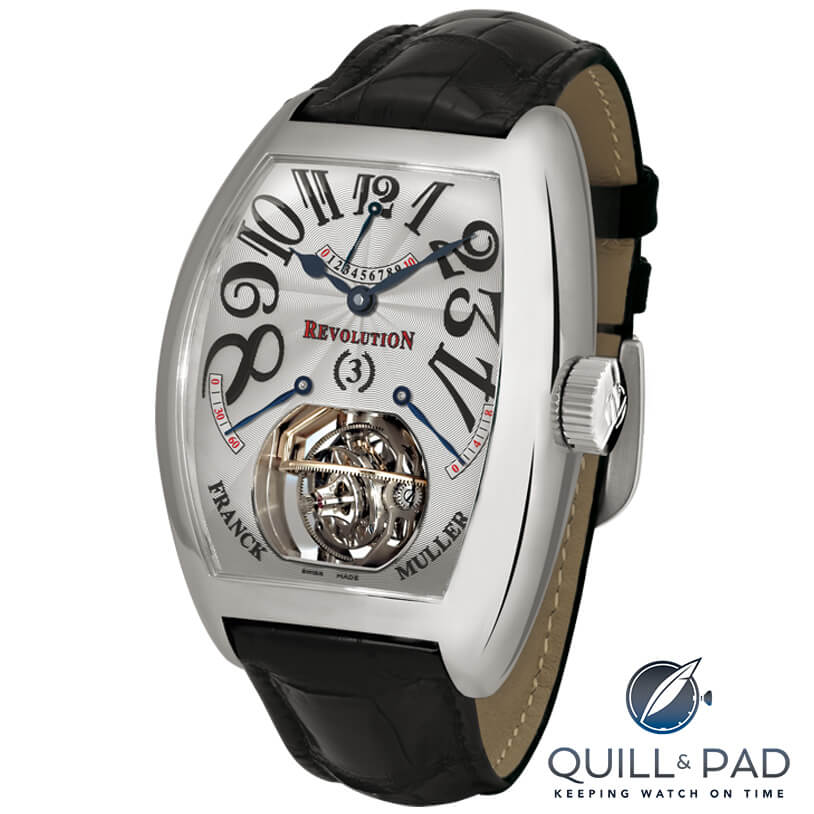
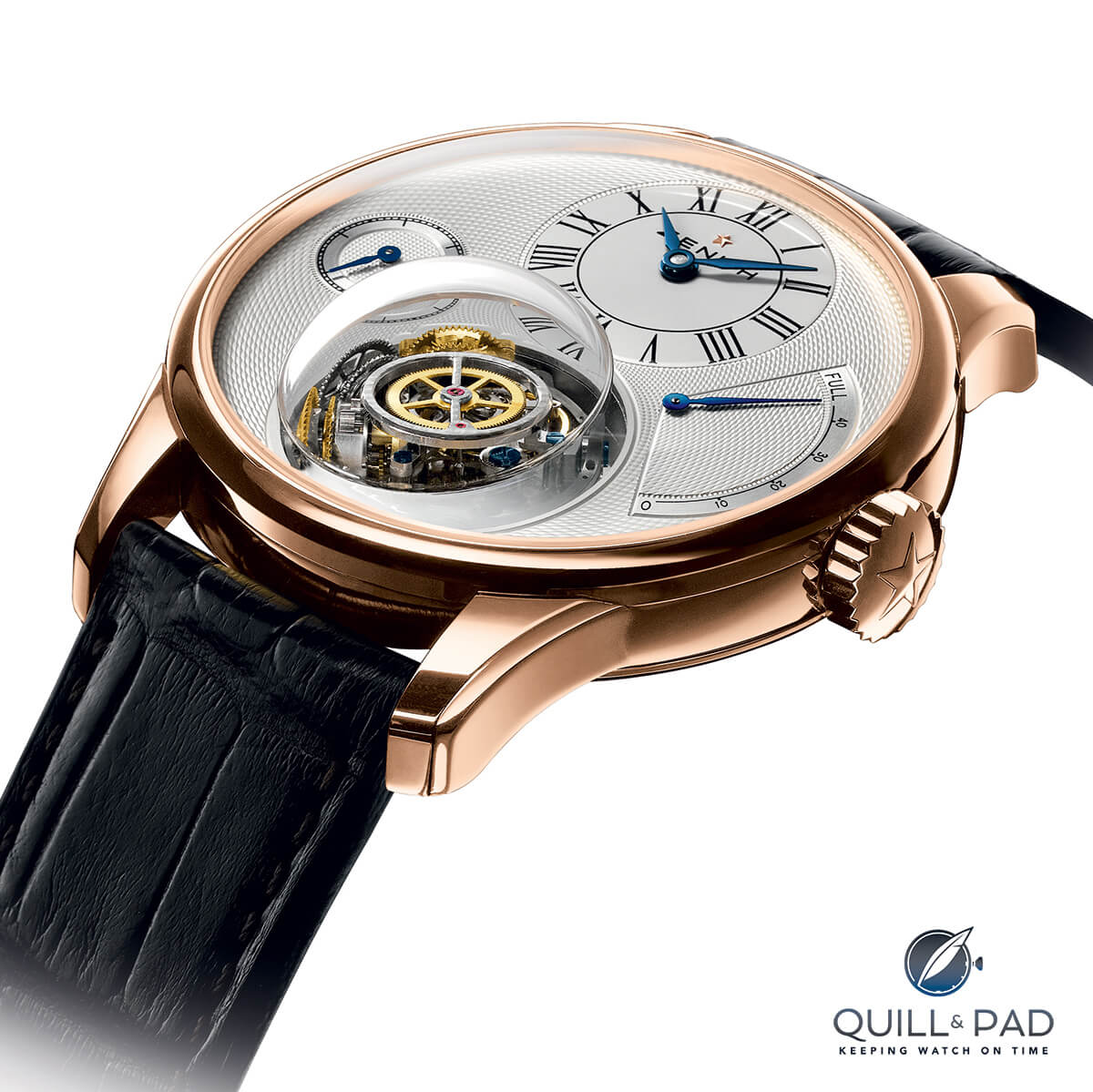
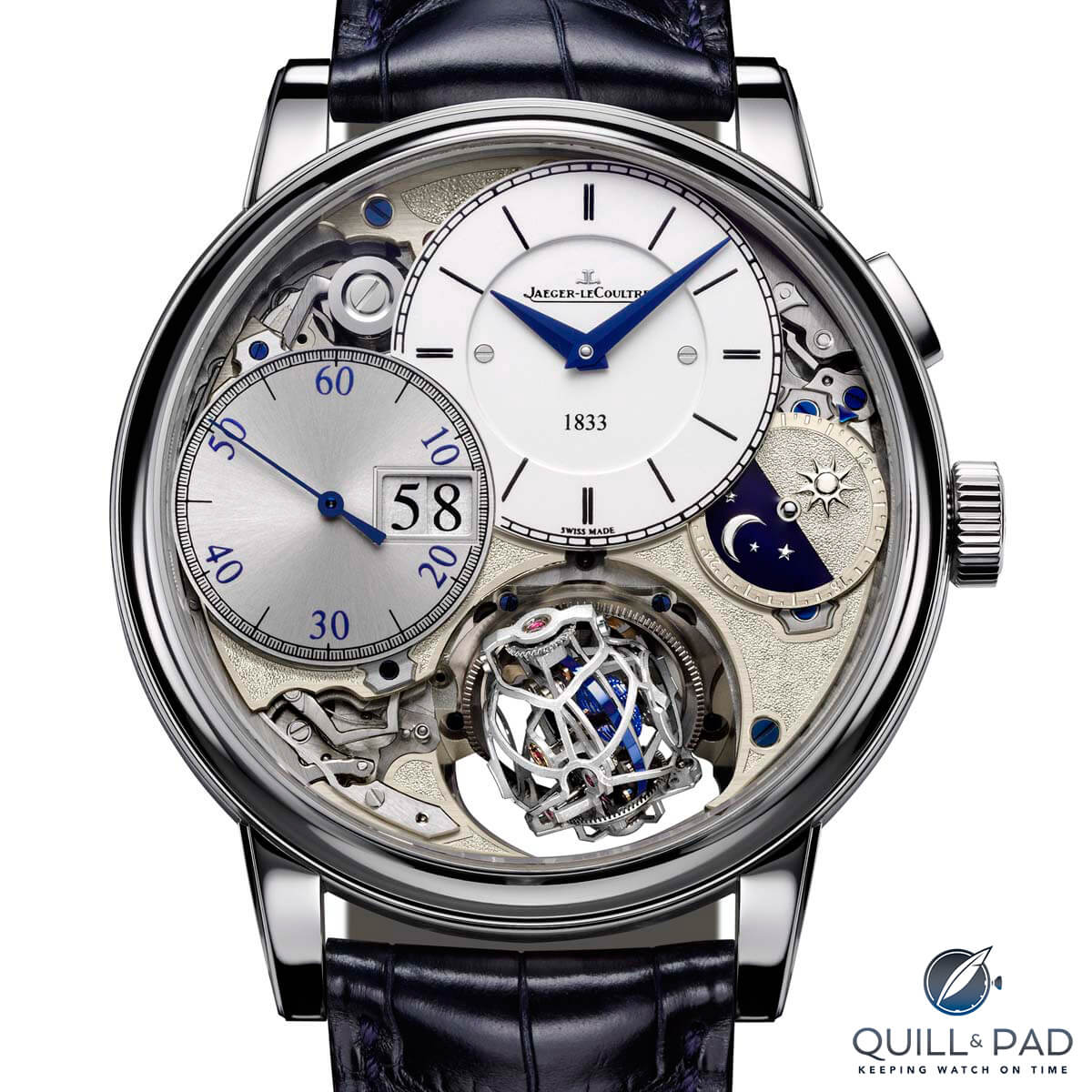
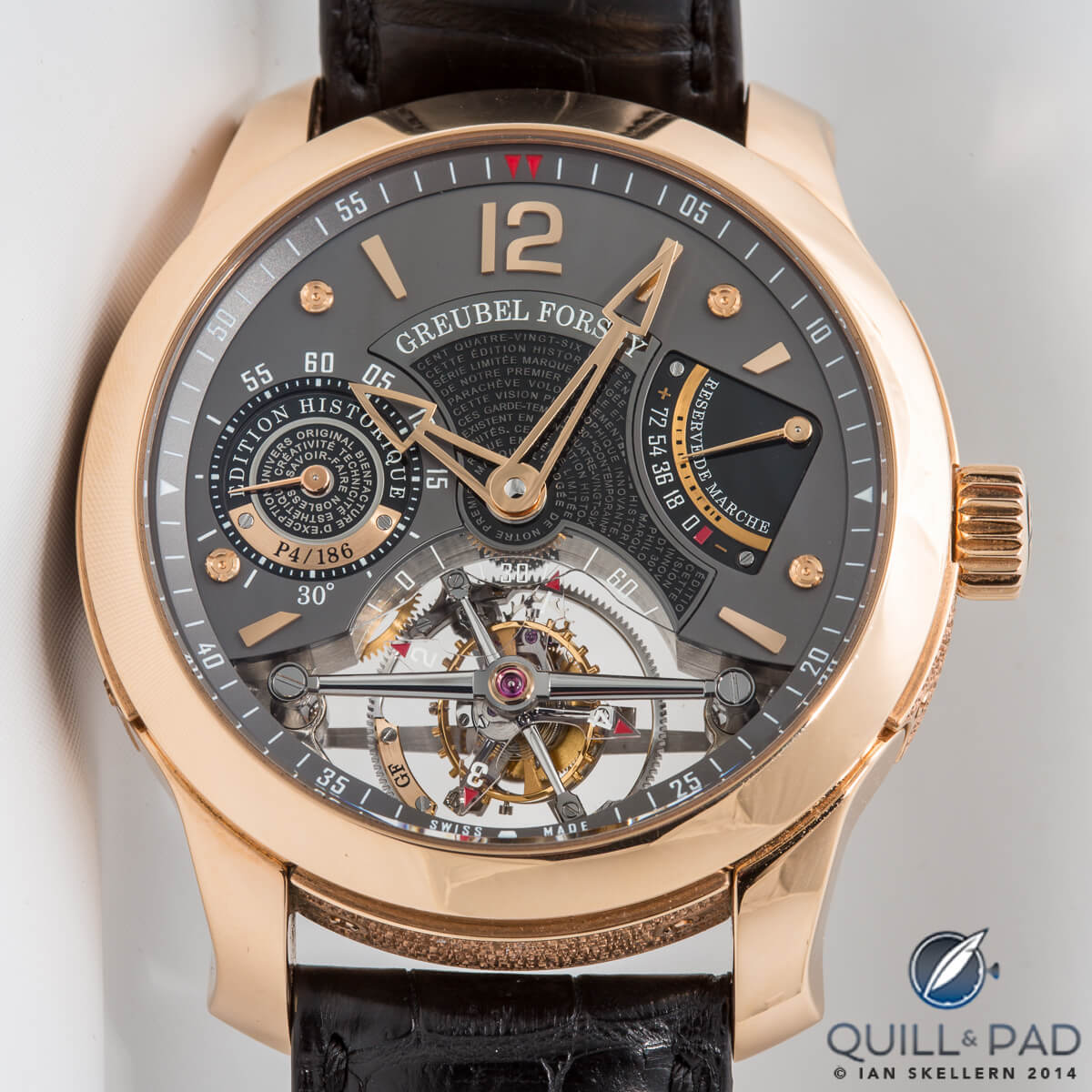
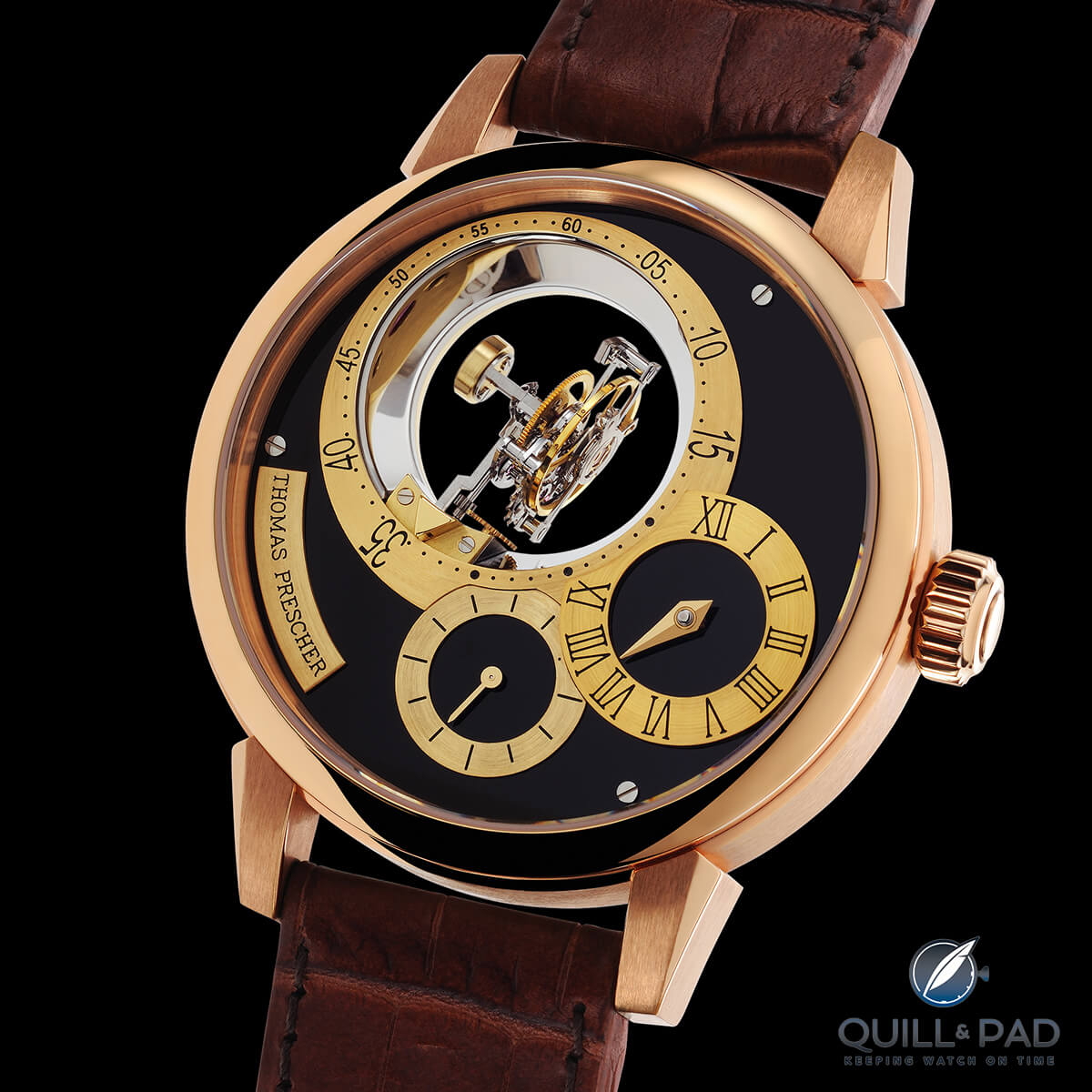
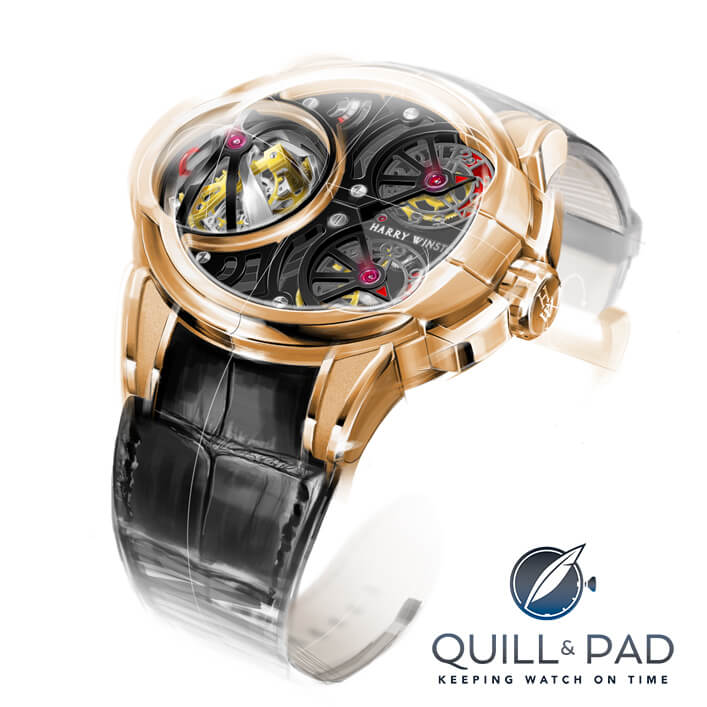
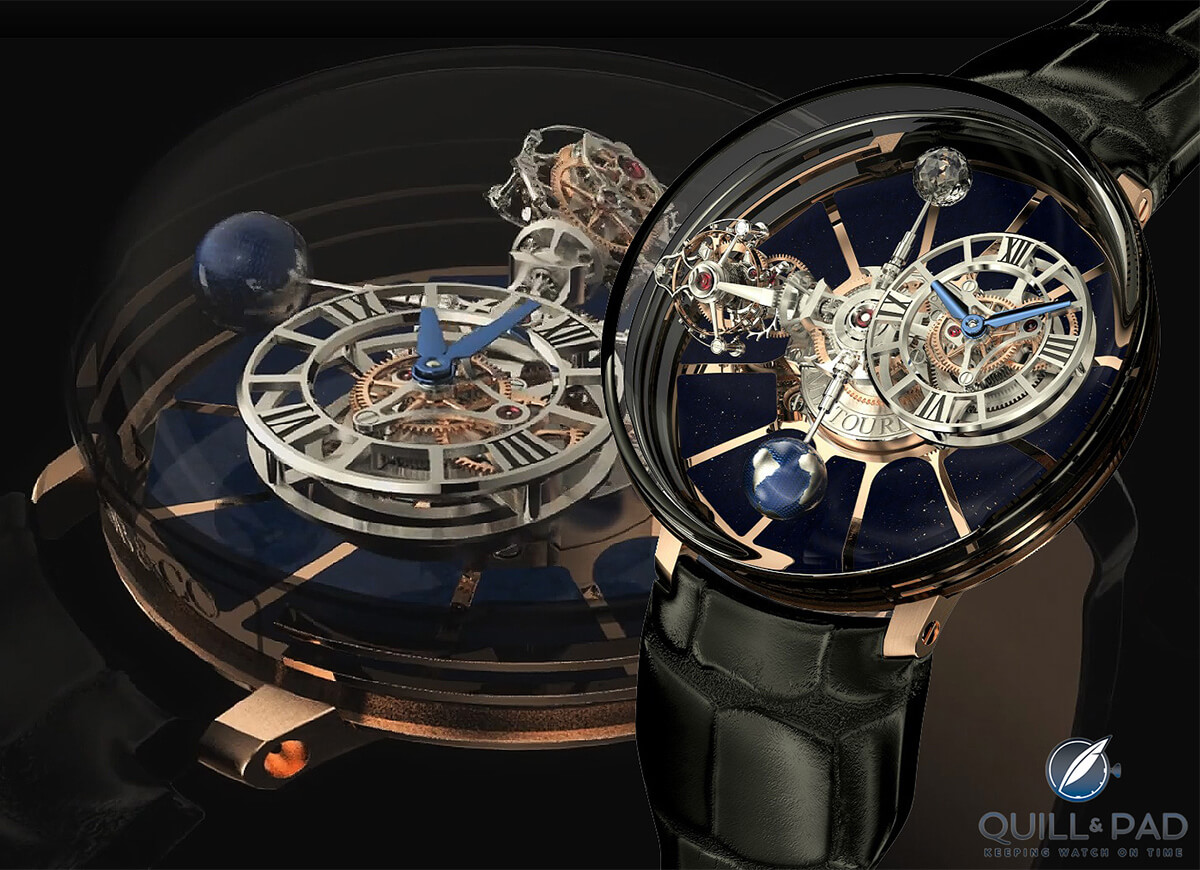
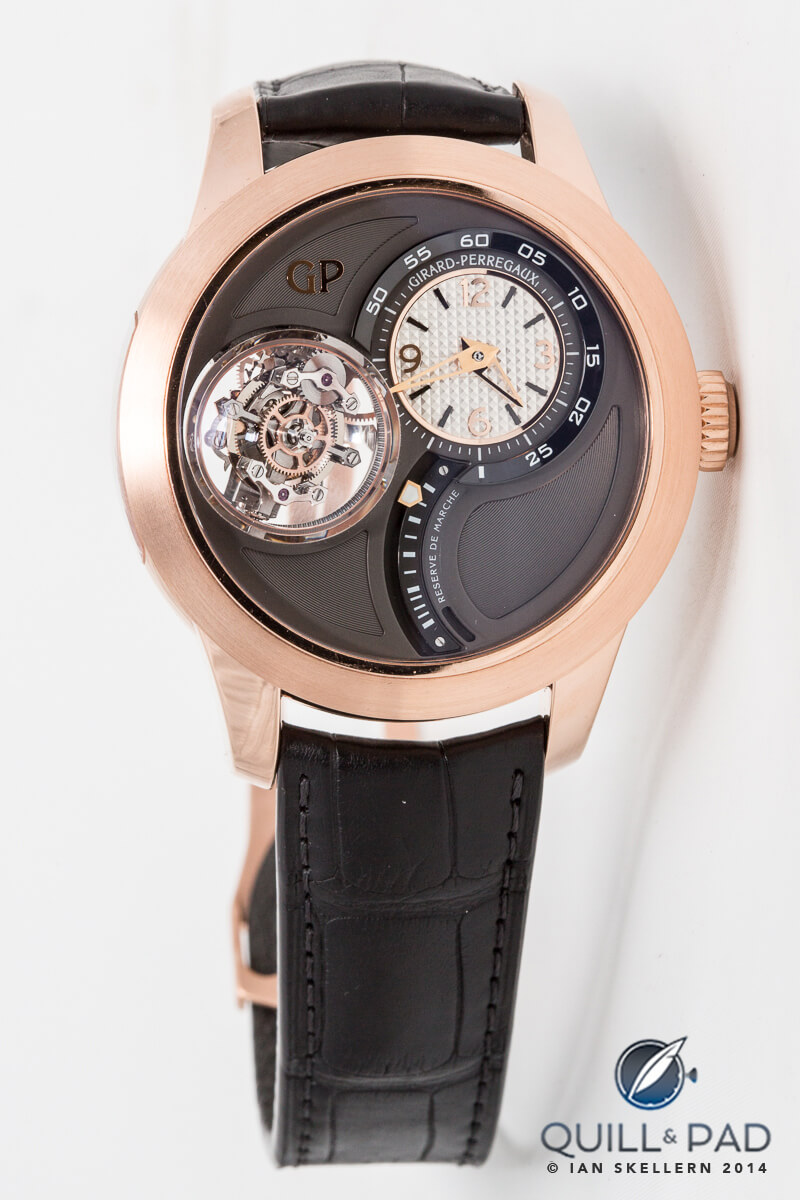
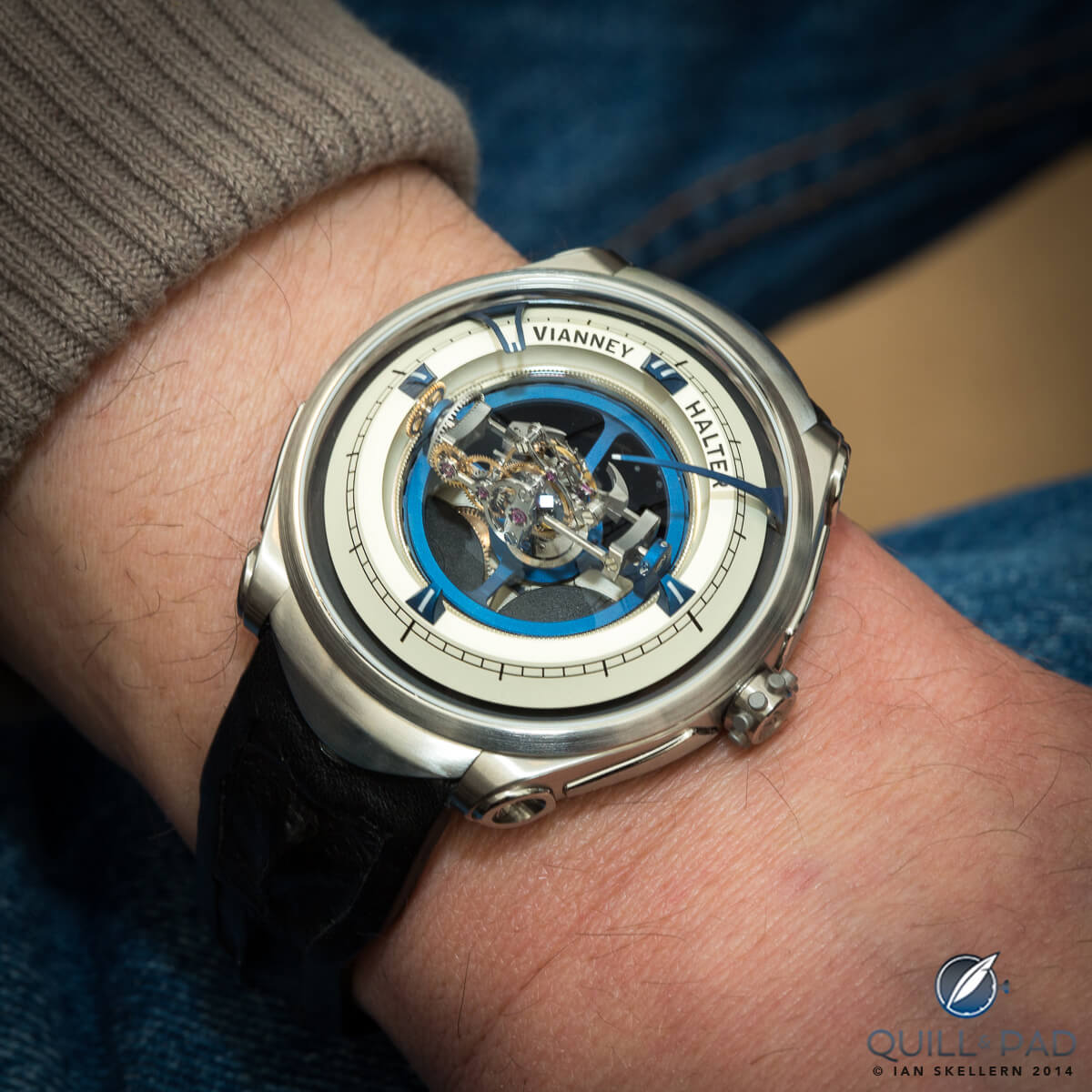
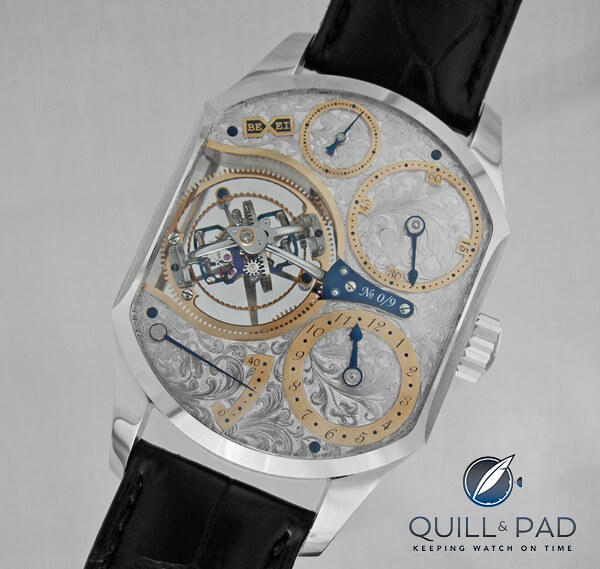
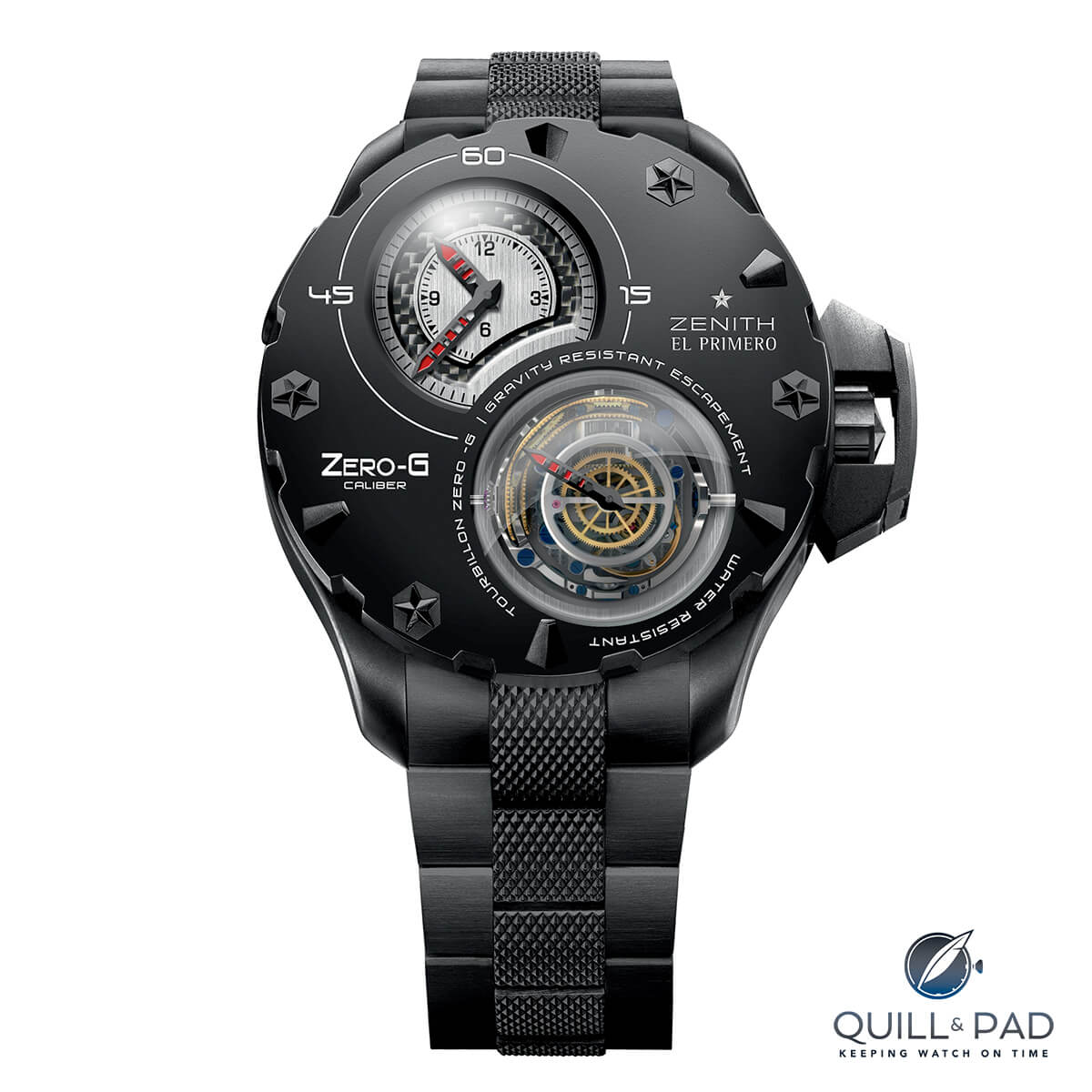
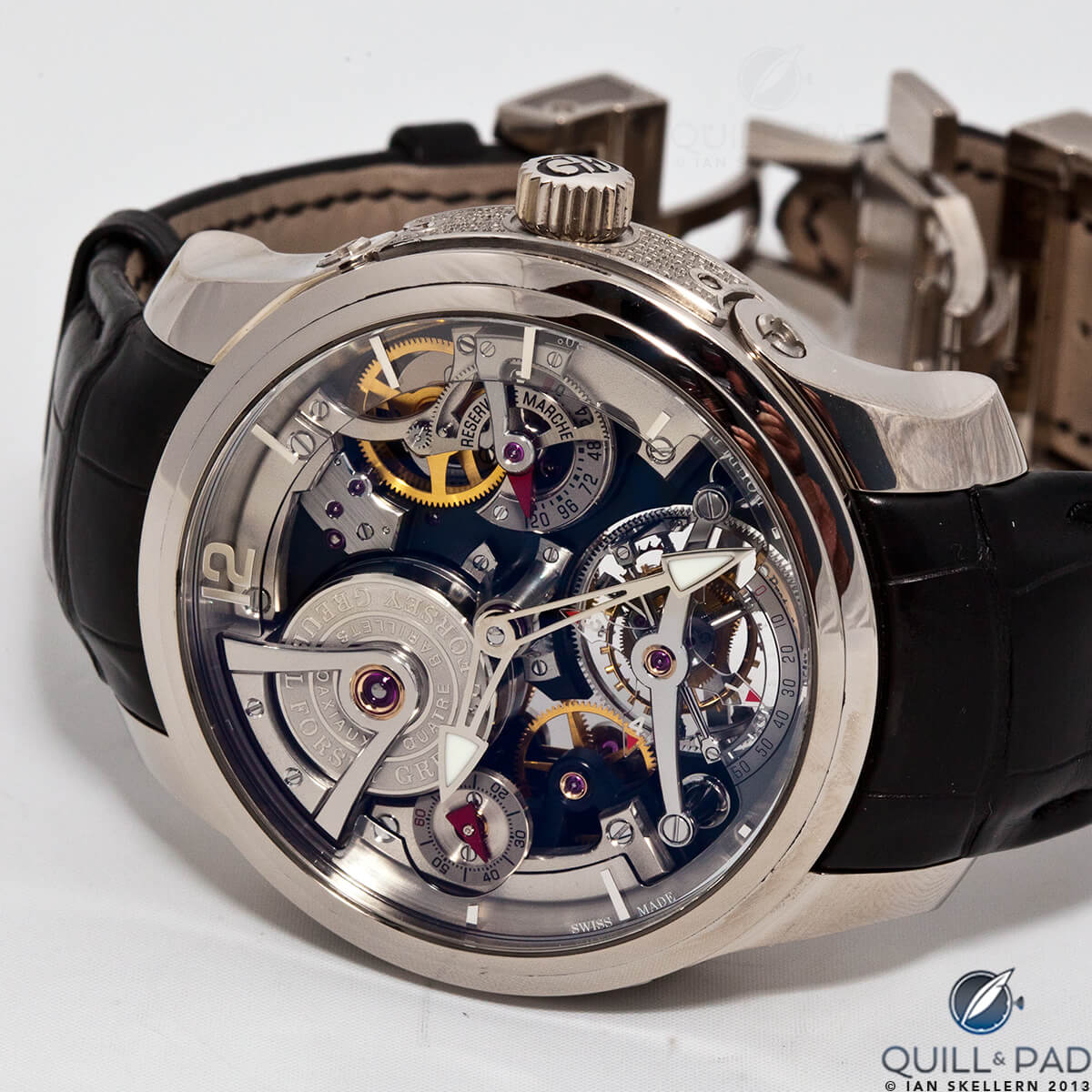
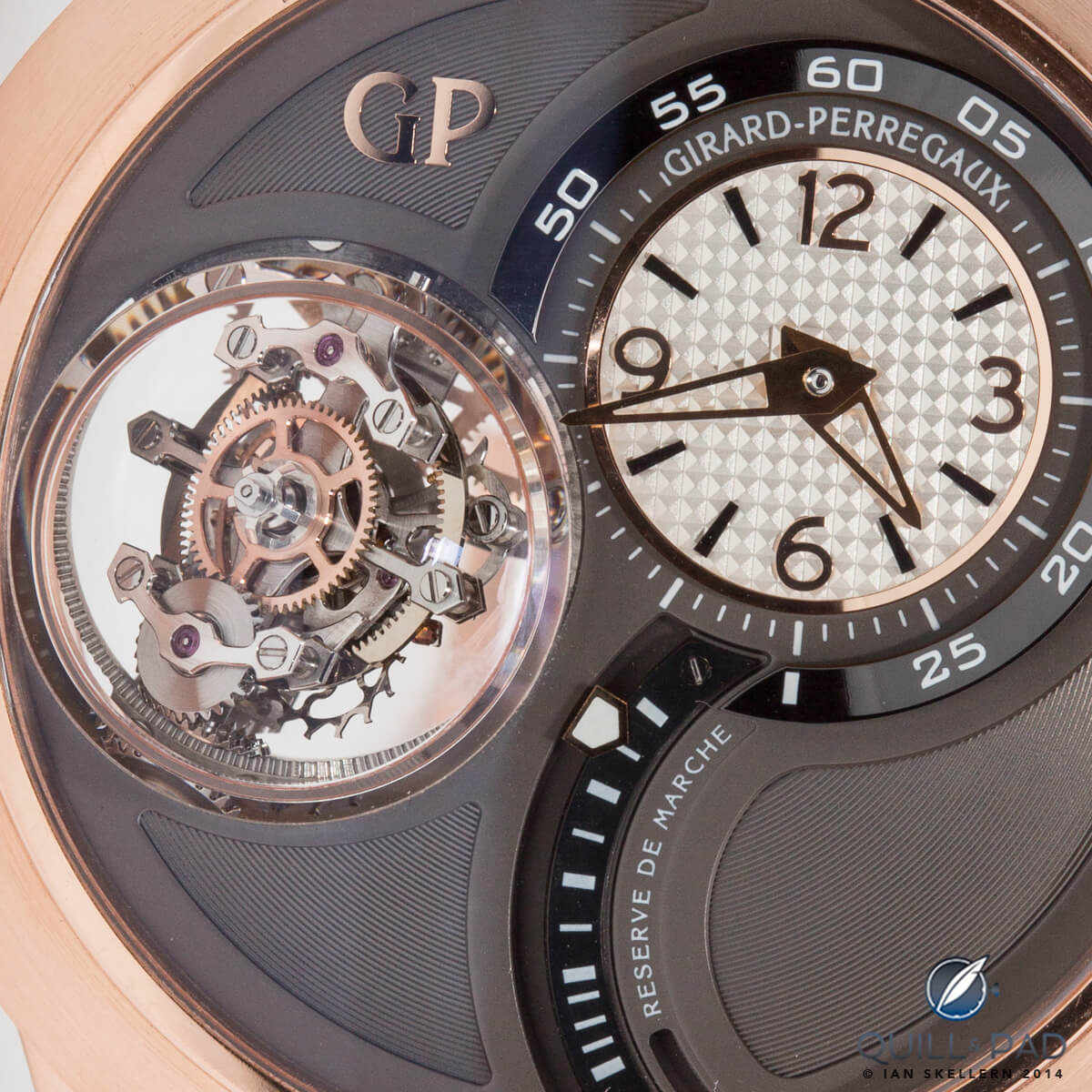
https://www.youtube.com/watch?v=MDU02V96Vfk